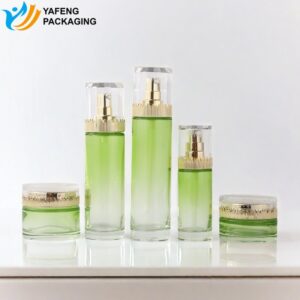
News & Blog
Great things in business are never done by one person. They’re done by a team of people. We have that dynamic group of peoples
In today’s world, glass packaging sustainability is more than just a buzzword—it’s a necessity. As concerns over plastic pollution escalate, the search for eco-friendly packaging solutions intensifies. Glass packaging often emerges as a frontrunner in these discussions. But is glass genuinely a sustainable material? This article seeks to answer that question by exploring the environmental impact, benefits, and challenges of glass as a packaging material. Read on to discover if glass can be your sustainable packaging choice.
Glass is often touted as a sustainable packaging material due to its inherent qualities. One of the key features is that it’s made from abundant natural resources, primarily sand, soda ash, and limestone. These materials are melted together at high temperatures to form glass. Once produced, glass is non-toxic and does not leach harmful chemicals, making it an ideal choice for food and beverage packaging. The lifecycle of glass packaging is another factor contributing to its sustainability. Glass can be recycled indefinitely without losing its quality or purity. This means that a glass bottle can be recycled to make a new bottle over and over again, significantly reducing the need for virgin materials and minimizing waste.
When comparing glass to plastic, several factors highlight glass’s superiority in terms of glass packaging sustainability. Firstly, glass is 100% recyclable and can be recycled endlessly without degradation of quality. In contrast, plastic can only be recycled a limited number of times before its quality diminishes, leading to downcycling rather than true recycling. Moreover, glass production emits fewer greenhouse gases compared to plastic manufacturing. While the initial energy input for glass is high, its recyclability and durability often offset this over time. Glass’s weight and fragility can be seen as downsides; however, ongoing innovations aim to make glass lighter and more durable.
The recyclability of glass is one of its most significant advantages. The process begins with the collection of used glass containers, which are then cleaned, crushed, and melted down to form new glass products. This cycle can occur indefinitely, making glass a truly circular packaging solution. Recycling glass is highly efficient, saving about 30% of the energy needed to produce new glass from raw materials. This energy saving translates directly into reduced carbon emissions, contributing positively to the fight against climate change.
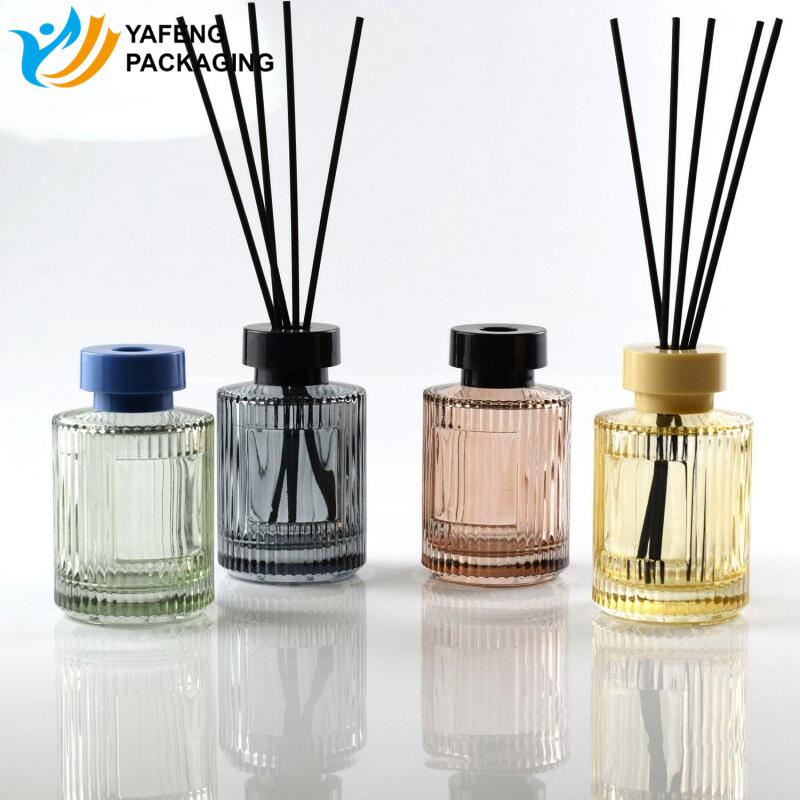
Despite its recyclability, glass manufacturing is energy-intensive, primarily due to the high temperatures needed to melt raw materials. This process results in significant carbon emissions. However, the industry is actively seeking ways to reduce its environmental footprint. Innovations such as using renewable energy sources and improving furnace efficiency are making strides in this area. Additionally, using recycled glass in production—referred to as cullet—lowers energy consumption and emissions. Every 10% increase in cullet usage results in a 3% reduction in energy use and a 5% decrease in carbon emissions.
Glass packaging sustainability plays a crucial role in waste reduction. Glass packaging’s ability to be recycled indefinitely means that fewer new containers are needed, leading to less waste. Unlike plastic, which can contribute to landfill overflow once it can no longer be recycled, glass can always re-enter the production cycle. Moreover, initiatives promoting the return and reuse of glass containers can further minimize waste. For example, some beverage companies have reintroduced deposit return schemes, encouraging consumers to return their bottles for a refund, thereby ensuring they are properly recycled or reused.
Reusing glass containers is an effective way to enhance sustainability. Many companies and consumers are adopting practices that extend the life of glass bottles beyond their initial use. For instance, glass jars and bottles can be repurposed for storage or decor, reducing the need for additional packaging materials. Industries such as the beverage and cosmetics sectors are leading the charge by designing products that encourage reuse. Refillable glass bottles for water, juice, or beauty products are becoming increasingly popular, demonstrating a shift towards more sustainable consumer habits.
Technological advancements are crucial in making glass packaging more sustainable. Innovations such as lightweighting—reducing the weight of glass bottles without compromising strength—are helping to lower transportation emissions and energy costs. Additionally, smart glass technologies that improve insulation and UV protection are emerging, enhancing the protective qualities of glass packaging. These technological improvements not only make glass a more attractive option for manufacturers but also enhance its environmental credentials, aligning with consumer demands for sustainable products.
Glass packaging conserves natural resources by utilizing recycled materials. The use of cullet reduces the need for raw materials like sand, soda ash, and limestone, preserving these resources for future generations. Moreover, the durability and longevity of glass mean that fewer resources are needed over time to produce the same number of containers. By choosing glass, companies and consumers alike can contribute to a more sustainable future by ensuring that finite resources are used judiciously.
The long-term viability of glass as a sustainable packaging material is promising. As consumers become more environmentally conscious, the demand for recyclable and reusable packaging options continues to grow. Glass’s unique properties position it well to meet these demands, offering a packaging solution that aligns with the principles of a circular economy. The glass industry’s commitment to reducing its carbon footprint and enhancing recycling infrastructure further supports its role as a sustainable choice. As these efforts continue, glass packaging is likely to become an even more integral part of a sustainable future.

While glass packaging offers numerous environmental benefits, it also faces challenges. Its weight and fragility can increase transportation costs and emissions. However, solutions such as lightweighting and improved logistics are helping to address these issues. Additionally, the industry must continue to invest in recycling infrastructure and consumer education to maximize the benefits of glass packaging. By overcoming these challenges, glass can solidify its position as a leading sustainable packaging material.
For more information on eco-friendly glass packaging, explore our selection of glass diffuser bottles and glass perfume bottles.
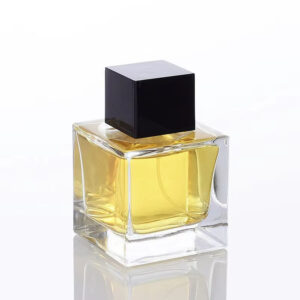
Discover if perfume bottles are recyclable & how to dispose of them sustainably. A guide to recycling, reusing & reducing waste for fragrance lovers!

Discover the differences between pumps and sprays in cosmetic packaging. Choose the best option for your product!

Discover how gradient color spray transforms cosmetic glass bottles, enhances brand image, and boosts product appeal with expert insights from Yafeng Packaging.
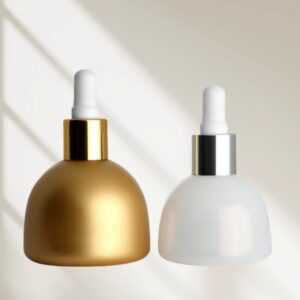
Discover a complete guide to glass dropper bottles—from material and shape to customization and usage—for precise, durable, and high-end liquid packaging solutions.
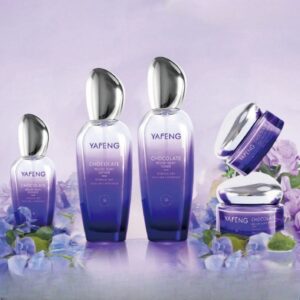
Unlock the secrets to shipping cosmetics internationally! Get expert tips on packaging, customs, regulations, and choosing carriers like DHL Express for safe and efficient delivery.
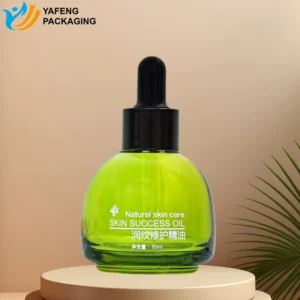
Discover how spray coating enhances skincare and perfume packaging by improving appearance, brand identity, durability, and safety with advanced technology.
Explore custom vs. stock bottles for skincare packaging. Learn how Yafeng’s solutions boost brand identity, quality, and efficiency in this in-depth guide.

Discover how gradient color spray transforms cosmetic glass bottles, enhances brand image, and boosts product appeal with expert insights from Yafeng Packaging.

Discover how rattan aromatherapy works and why glass bottles are the best choice for long-lasting scent, safety, and sustainable, elegant packaging.
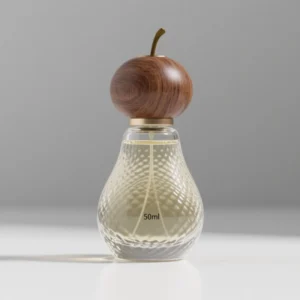
Discover the top 10 woods for perfume caps, comparing texture, pros, cons, and price to help you choose the best material for stylish, high-quality packaging.

Explore cosmetic glass bottles—safety, eco benefits, types, coloring, mold costs, MOQ, and production tips—in one expert, data-rich guide.
WhatsApp us